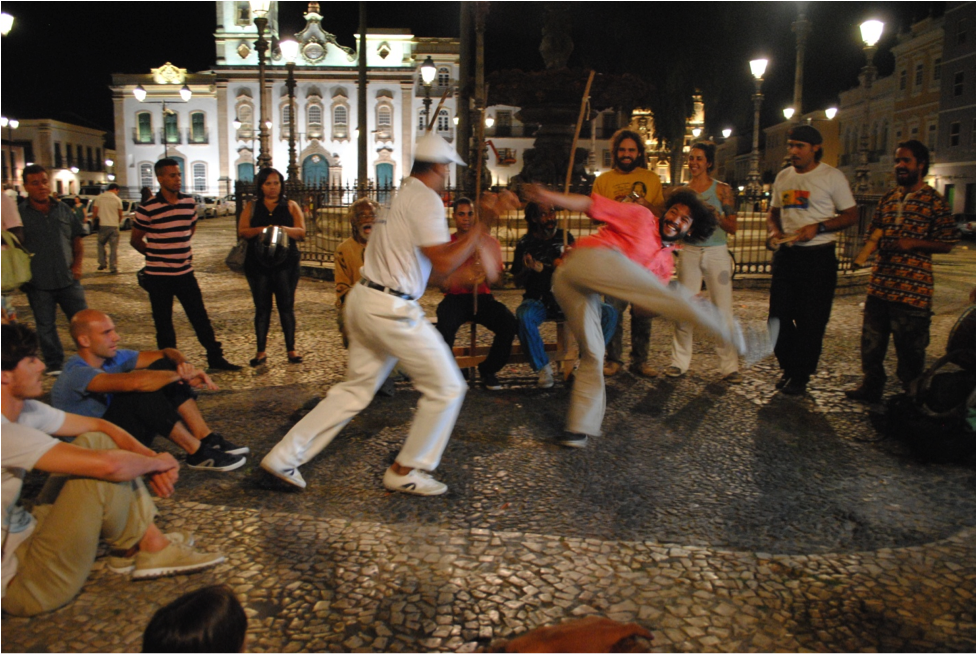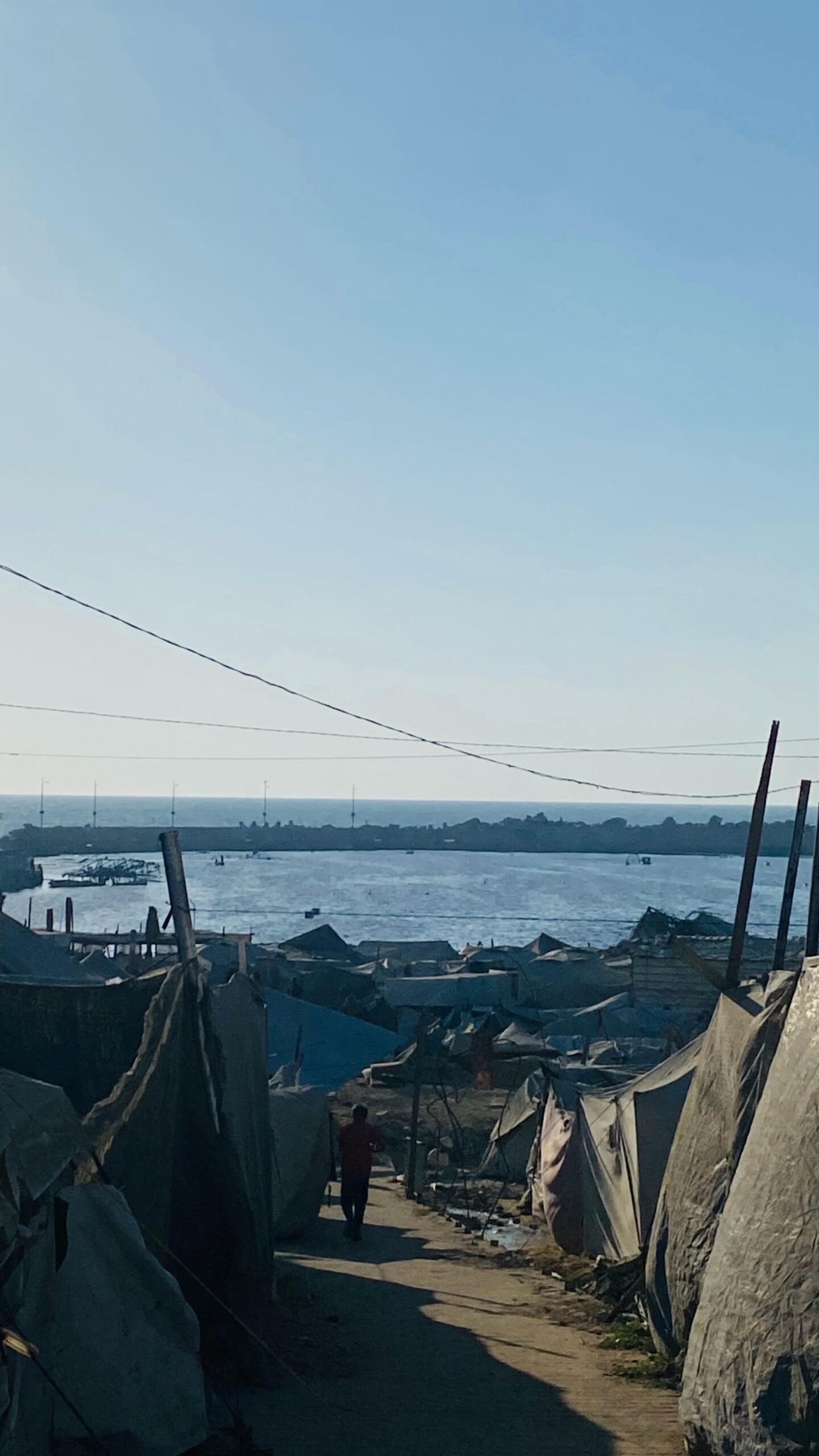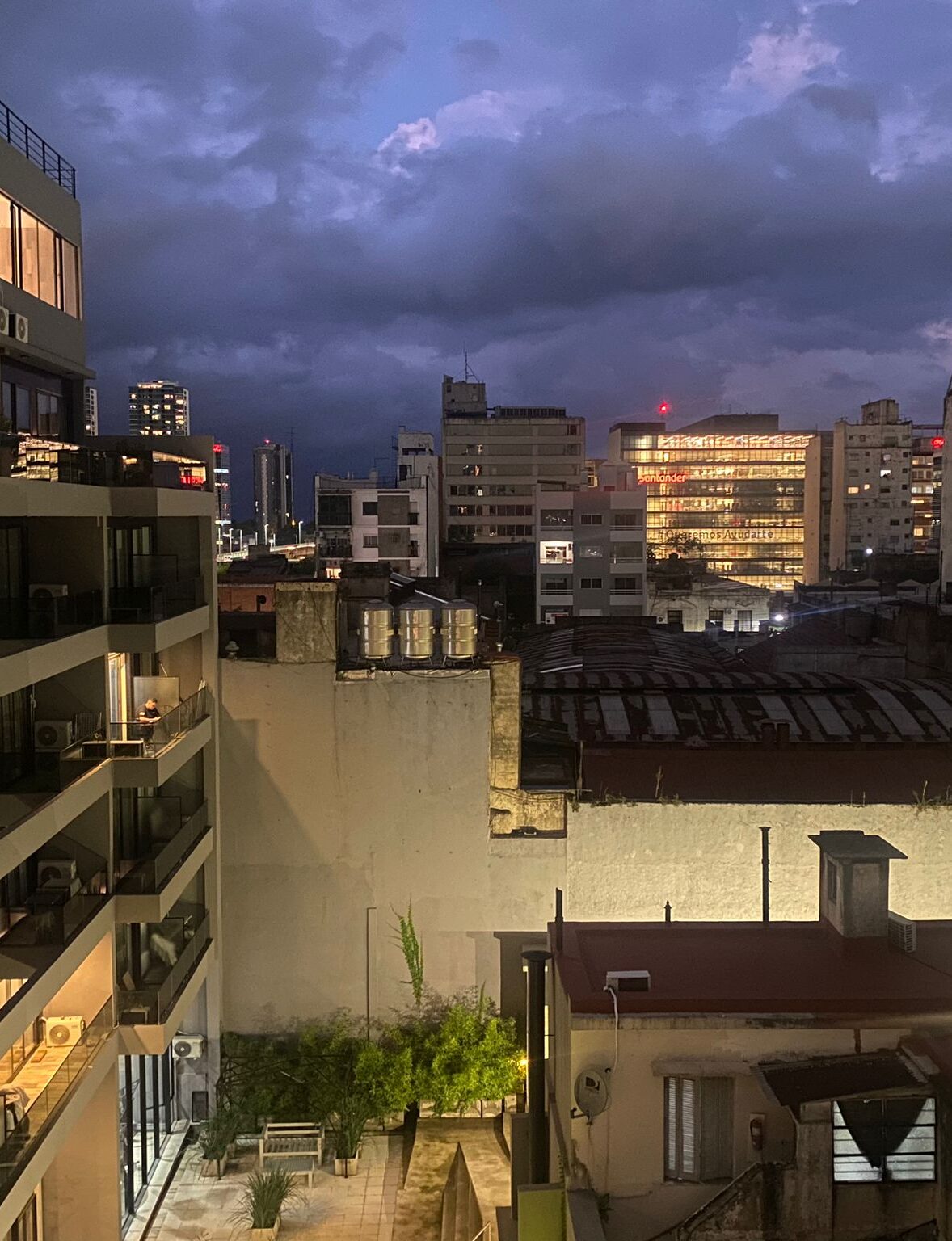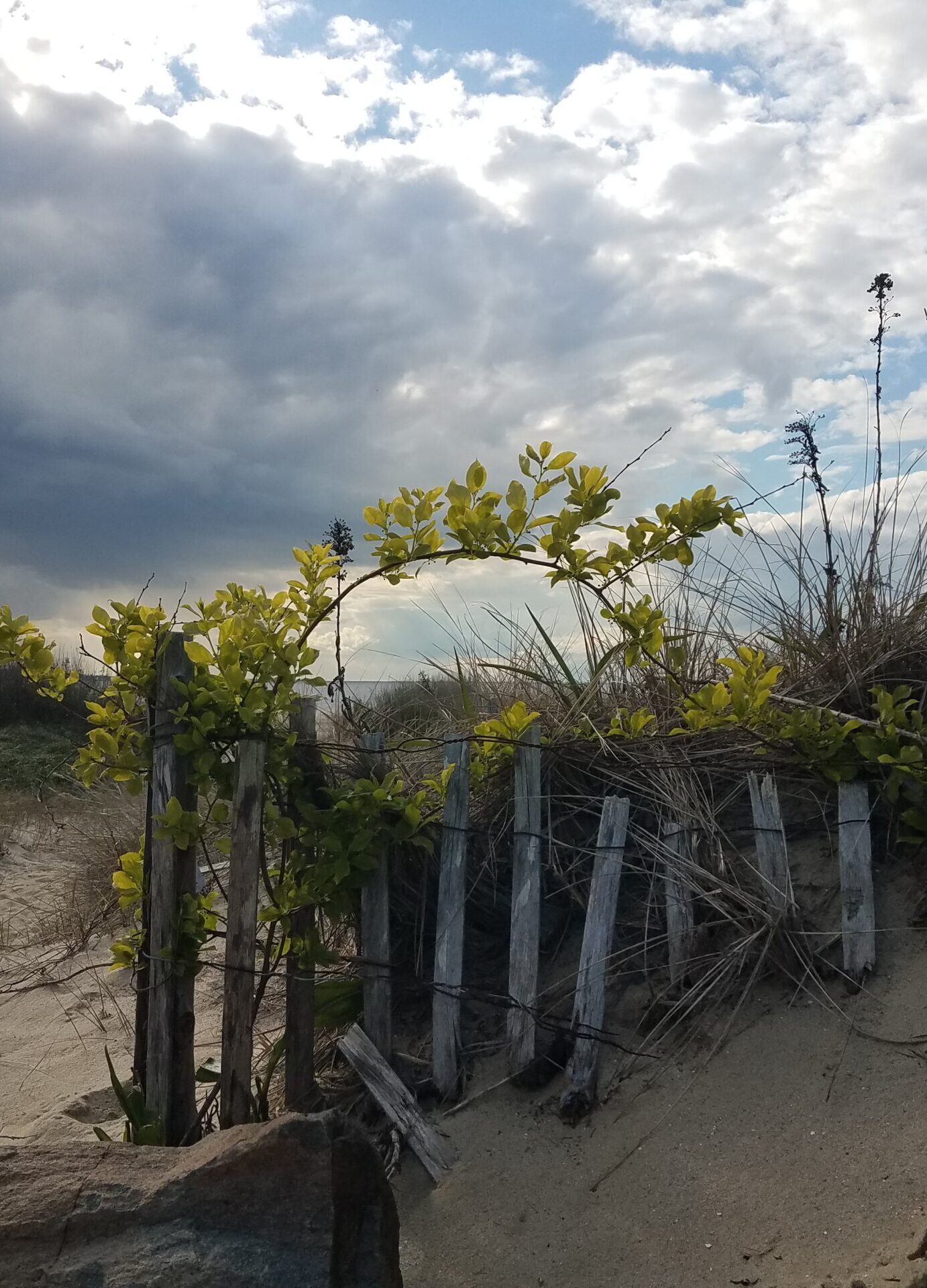
The moment I succumbed to life in the suburbs for the duration of our two-year stay, my husband’s employers offered us an apartment in the middle of Salvador. We promptly packed our twelve suitcases and moved to Barra, a neighborhood on the peninsula between the Bay of All Saints and the Atlantic Ocean. Again, the steep hills and winding sidewalks dotted by sprawling almond trees evoked in me an eerie familiarity. The main bedroom’s built-in wooden closet smelled musty, old-world, and opening its doors never failed to conjure up my grandmother.
The city was an intense place, beautiful and ugly, joyful and harrowing, majestic and crumbling. Not only did we have an array of beaches within a few blocks of our building, we had museums, forts, the historic center, malls, fruit stands, supermarkets, hospitals, theatres, art galleries, bars. Our windows gave onto an amphitheater of vegetation, sky, ancient houses, high rises. Instead of squirrels, tiny monkeys navigated the telephone wires, diving into nearby mango trees. The neighborhood seemed perpetually tuned to a soccer match. Whenever the local team scored, a thunderous and collective “Gol!” surged from every direction. Soft guitars from surrounding botecos, small bars, wafted up to our apartment afterhours, frequently accompanied by a crowd.
In due time, I understood, Bahia would reveal itself to me; but I was impatient. I decided to join a capoeira class even though in my 36 years I had never practiced a martial art or participated in group athletics of any sort.
On the day of my first lesson, a giant blackout rendered the whole northeast region of Brazil powerless; around sunset I boarded a crowded bus and wandered through a darkening neighborhood, searching for Porto da Barra, a capoeira group headed by Mestre Cabeludo (Portuguese for master hairy), with whom I’d chatted on the phone. I expected a gym on a major thoroughfare identified by a large sign, but this was clearly a residential area. Two men hunched over a sidewalk domino game had never heard of the street name on my piece of paper. As I walked away, one of them looked up from the ivory rectangles and called, “What are you looking for?”
“Porto da Barra capoeira academy.”
“Cabeludo’s place?”
“Yes.”
He pointed this way and that, and I veered left onto another dark, narrow road. Two teenagers in matching white pants passed me, vanishing into an alley ahead. I quickened my pace, opening the same unmarked door they had just walked through. I saw them at the base of an iron spiral staircase, holding their flip-flops. A single candle placed on an alcove struggled to light the foyer. I removed my tennis shoes and fought the desire to flee while tracing their steps up the winding stairs that apparently led nowhere. The first boy knocked directly above him; a door slid open. Having read too much Paul Bowles, horrifying possibilities besieged my mind, yet I knew I had already crossed, to borrow one of his favorite phrases, the “point of no return.”
The boys hoisted themselves upward and I took another shaky step, pushing my eyes past the rectangular hole in the ceiling. A smiling woman towered above me, extending her hand. She lifted me to the room where fifteen or so students, mostly children and teenagers, watched our arrival. Portraits of venerable capoeira masters hung from the blue and white walls alongside snippets of the martial art’s difficult, bloody history. A painted circle brandishing the group’s insignia encompassed the cement floor.
“You must be the Americana who called me,” said Cabeludo, a muscular, tattooed and, contrary to his moniker, completely bald man. “I knew it was you by the sound of your steps.”
My frightened, reluctant steps.
He patted the space next to him on a bench under opened windows. We talked as the stern, friendly mestre barked instructions at his students, threatening to correct poorly executed techniques with the help of his assistant, a wooden stick christened Dengosa (affectionate one). “I’ll spare you her love today since it’s your first lesson,” he joked. The kids giggled.
I spent most of the remaining time at the back of the room aping a patient woman’s rendition of the eight different gingas, capoeira’s fundamental sideways sway, from which every movement springs. At the end of the hour, the whole group gathered around the painted circle for a roda. A young man played a few notes on a berimbau; a girl no older than ten started on the pandeiro; Cabeludo wailed a call to which the class belted out a melodious response.
Two capoeiristas took turns at the center, kicking and spinning, performing cartwheels and handstands, flowing with each other’s attacks. I was moved, lost in the timelessness and harmony of the music and dance until encouraging hands on my back urged me toward the center. Any refusal, I knew, would be politely and strongly ignored. I jumped in with all my shyness, surprised when the children didn’t laugh at my clumsy improvisation, grateful when my young adversary performed a series of slow-motion kicks and crouching dodges that I could easily simulate.
Exhausted and elated, I approached the mestre on my way out. I expressed my appreciation, perhaps a bit too effusively: “Your students have that deep confidence that comes with knowing something so well. I’ve never seen such a respectful group of young people.”
He waited, then asked: “How did you like the class?”
“I liked it very much. But I’m afraid I may be too old, too stiff, too—”
He lay a heavy hand on my shoulder. “Relax, Americana.” He smiled slyly and indicated his wooden assistant, hanging from her post on the wall. “Dengosa will soften you up in no time. You’ll be a fera, I can tell. You have jeito.”
Fera means beast. I grinned, imagining myself a soft jaguar of capoeira, leaping from the shadows onto my unsuspecting opponent.
Unfortunately, I didn’t frequent the group long enough to benefit from Dengosa’s magic – transportation and childcare practicalities forced me to seek a teacher closer to home. But it was in that hidden temple, affectionately nicknamed the devil’s trapdoor by its dwellers, that I at last felt Bahia’s tender and thorny welcome, her nurturing gifts of grace.
Luana Monteiro is the author of Little Star of Bela Lua: Stories from Brazil.
Photo by author




